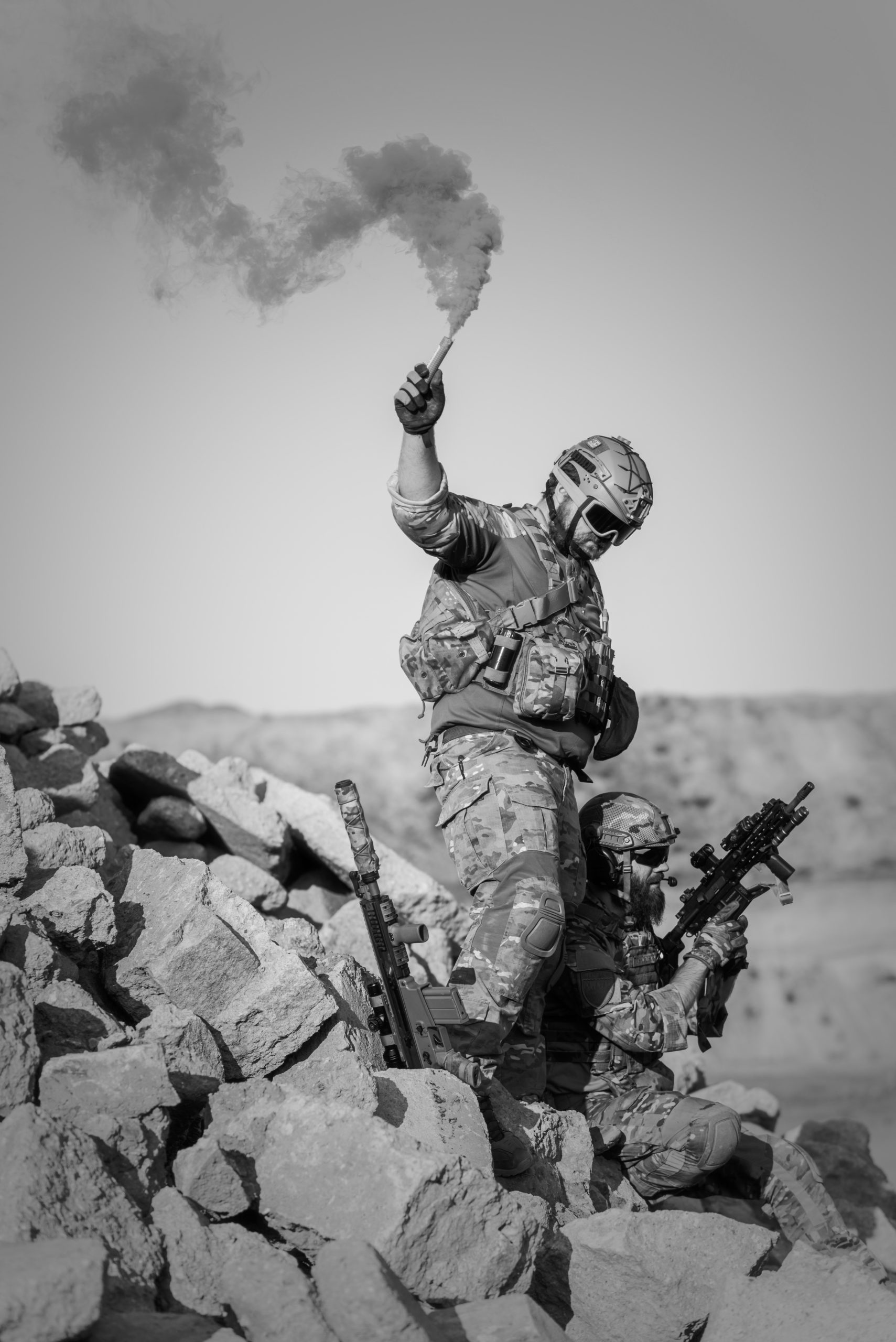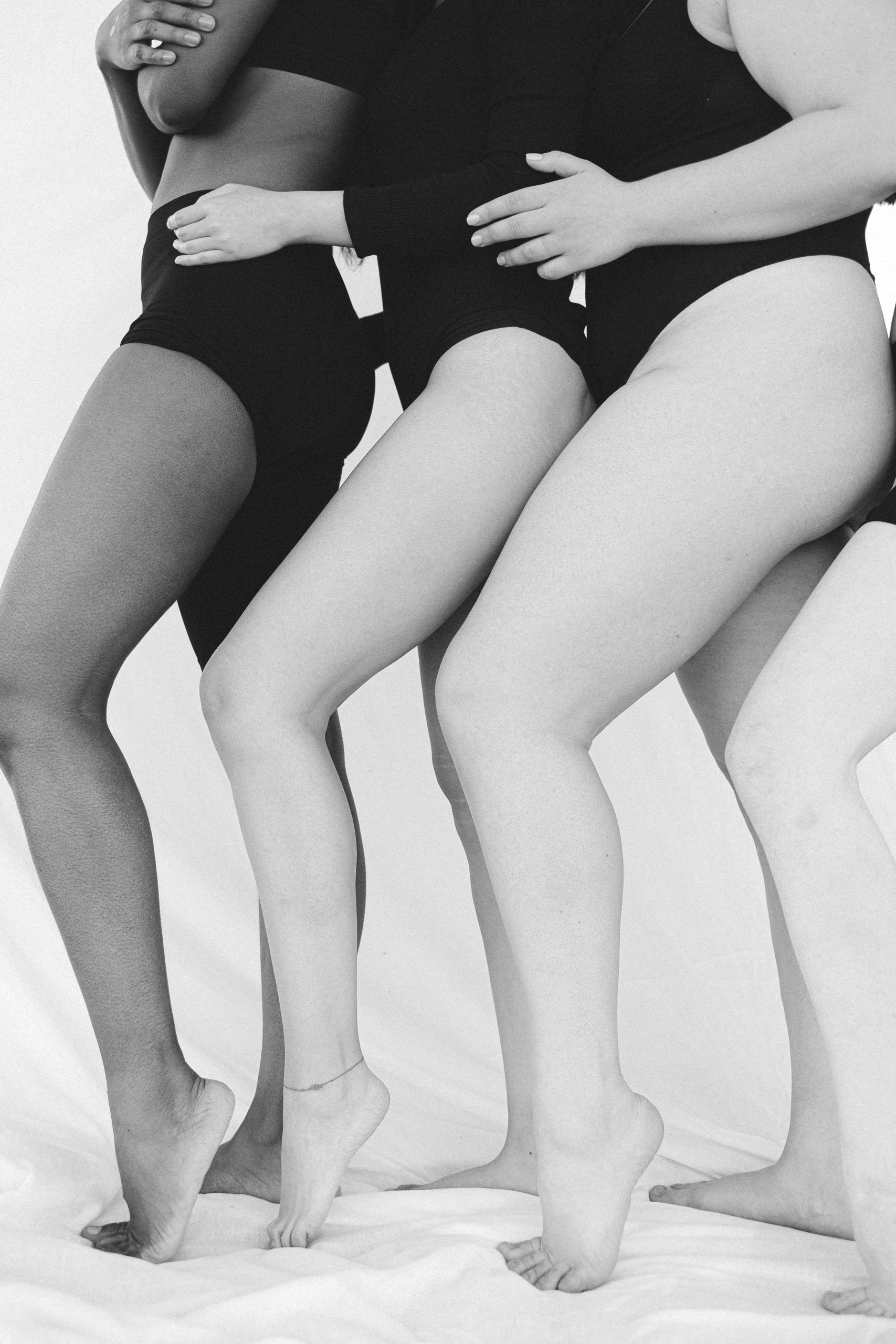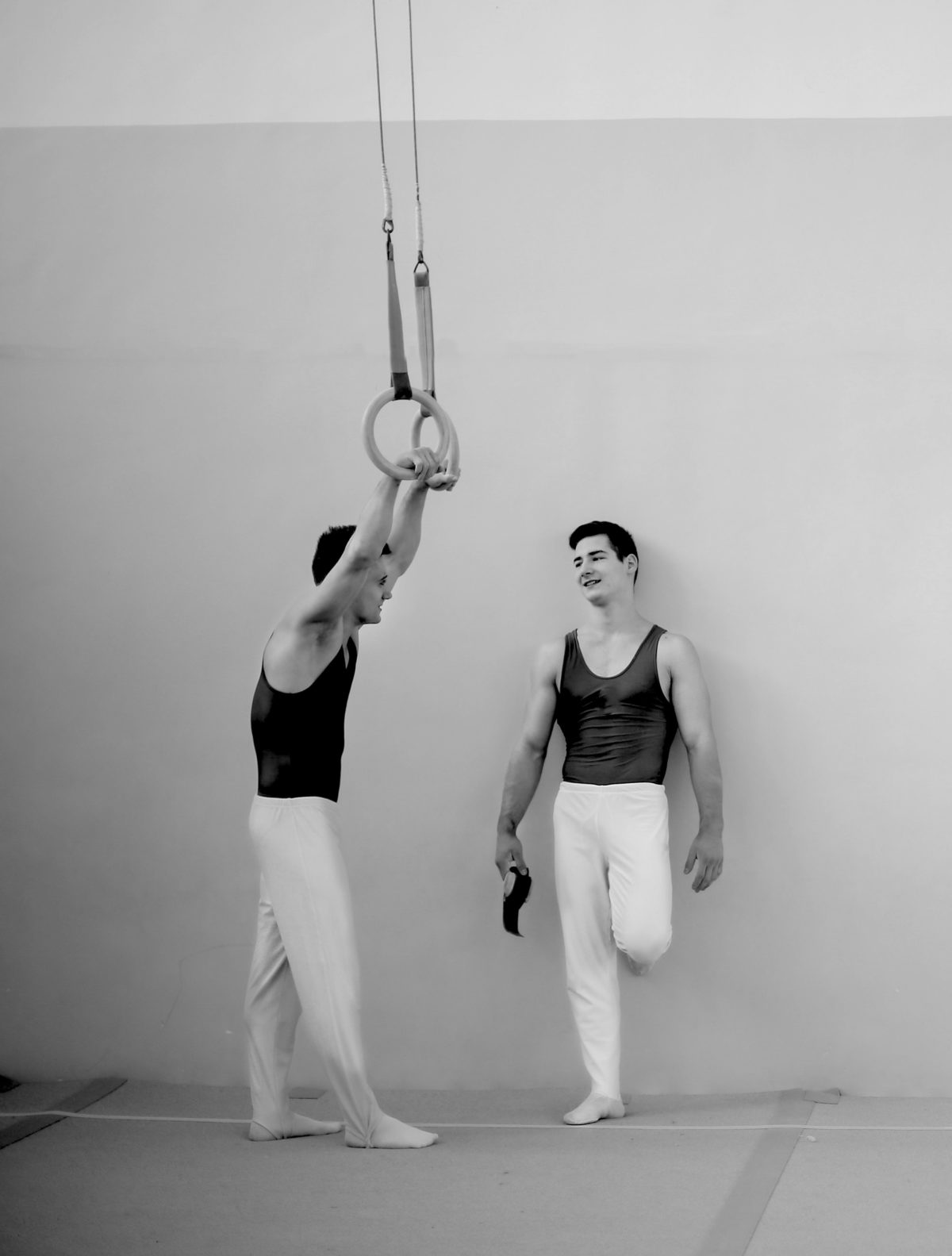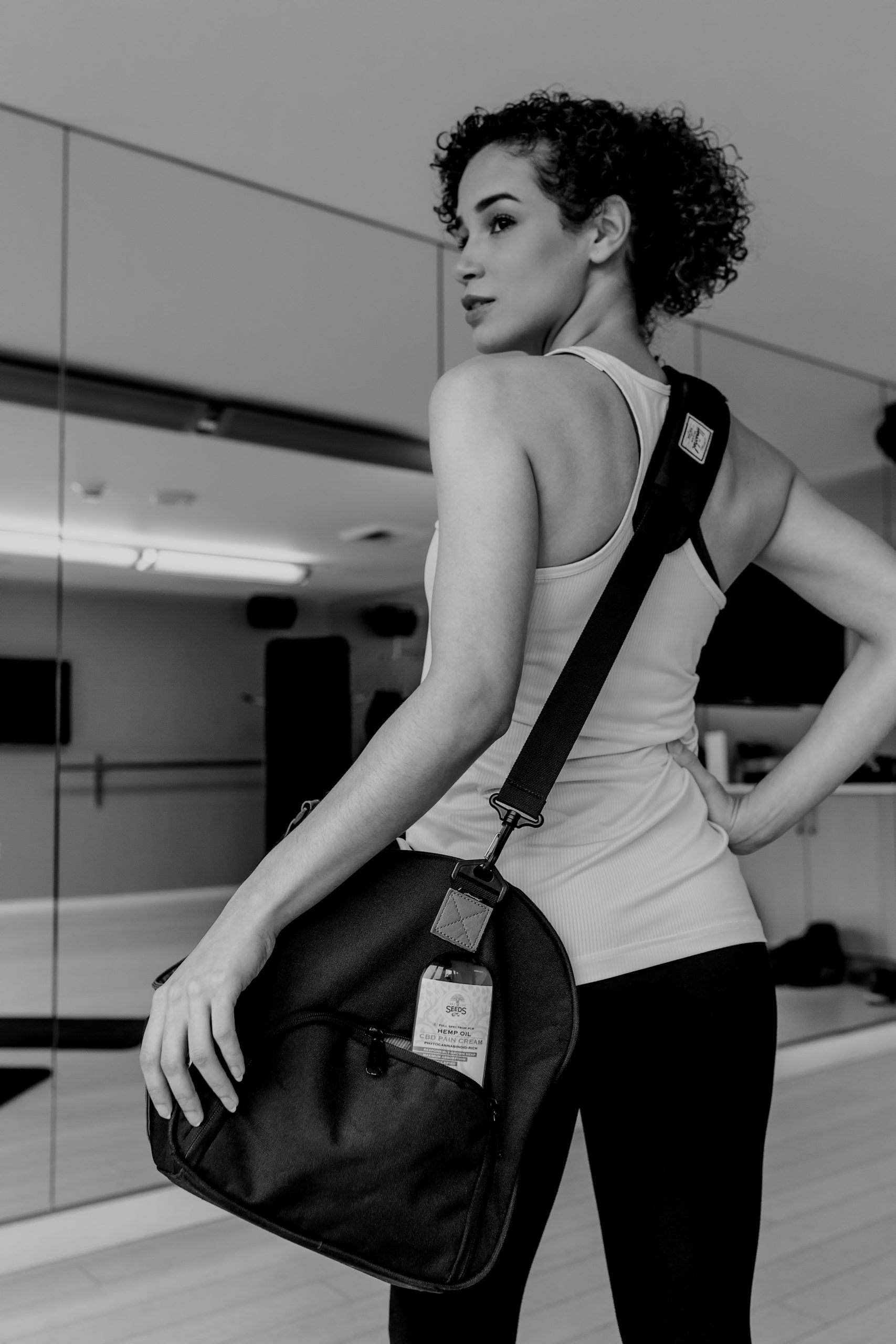Bodyweight exercises can get a bit of a bad rap in fitness circles. However, it is most certainly possible to build muscle with bodyweight exercises. Well, up to a point anyway. But regardless of your level of fitness, these functional movements almost always make a valuable addition to your workout regimen.
They’re a perfect warm up or cool down. They combine cardio with strength building. They’re almost endlessly customizable. Plus, you can do them anywhere you want, anytime you want. What’s not to like?
How Does The Body Build Muscle With Bodyweight Exercises?
Muscles are mostly built by microtrauma. This is the proper name for the tiny tears your muscles get when you exercise. As the muscles grow back, they come back stronger than ever before – meaning visible gains.
Depending on your level of fitness, bodyweight exercises may be enough to cause microtrauma to your muscle fibers. If you’re a beginner, you’re unlikely to need weighted resistance to make gains.
Even if you’re already pretty ripped, there are many challenging bodyweight exercises that will be a great addition to your workout routine. They’ll help you get toned, get your heart rate up, and build your muscular endurance.
Which Bodyweight Exercises Will Give Me The Best Gains?
You’re spoiled for choice when you’re aiming to build muscle with bodyweight exercises. You have many options, and there are lots of great resources online to point you in the right direction. Here are some classic bodyweight exercises to use as a jumping off point.
- Pull ups. This bodyweight movement is so challenging many people can’t even do one. They’re a great way to work your upper back – particularly the lats.
- Planks. Even though you’re simply staying still in a prone position, this is a deceptively challenging ab exercise. When performing planks, make sure to keep your body in a super straight prone position for best results.
- Push ups. These are a classic. From your plank position, simply bend your arms to lower yourself closer to the floor. Then, straighten your arms to raise yourself up again. If you find push ups too challenging, try doing them on your knees. If you find them too easy, there are countless modifications to make them more difficult.
- Squats. These are a great compound exercise that works a big range of muscles in your legs, glutes and core. You can make them harder by doing jump squats, or one legged squats.
- Dips. You can do these off of the side of a bench or chair. Dips are an excellent way to target your triceps and chest.
- Lunges. These are a great way to work your quads, hamstrings and glutes. You can do them stepping forwards, stepping backwards, or to the side. Many people also enjoy walking lunges.
- Calf raises. Calves are a famously forgotten muscle group, so don’t neglect them! This movement is super simple – just raise up on your toes and squeeze your calf muscles at the top, before lowering your heels back to the floor.
How To Maximize The Benefits Of Bodyweight Exercises?
There are many ways to get the most out of your bodyweight exercises. You can try:
- Increasing tempo. Playing around with tempo is a great way to increase the benefits of your workout. Speeding up will get your heart pumping and help you break a sweat. Slowing down the movement will increase the time under tension, which will boost your muscle gains.
- Doing more reps and sets. If you’re finding a movement is becoming a bit easy, simply doing more of them is a great way to challenge yourself.
- Decreasing rest times. This is a particularly great technique if you want to reap maximum cardio benefits from your bodyweight exercises. Decreasing rest times is a straightforward way to increase your heart rate and maximize the cardiovascular benefits.
- Adding holds. Try adding a pause at the highest tension point of your exercise. You’ll be surprised how much putting the muscle under tension for a longer period of time intensifies the movement.
- Switching to single-sided movements. You know what’s harder than a plank? A plank with one arm tucked behind your back. Single side exercises are a great way to make your bodyweight exercise more challenging.
- Try a WOD or a circuit. CrossFit WODs or circuit training are great ways to get your bodyweight exercises in. These workouts are specifically designed to maximize the burn and get great results from your workout. Join a group fitness class geared toward bodyweight exercises, or simply do some quick research and find a plan yourself.
What About When I Can’t Build Muscle With Bodyweight Exercises Anymore?
Once your body can comfortably lift itself, you’ll stop being able to build muscle with bodyweight exercises. If you can do twenty or thirty push ups without breaking a sweat or feeling much strain, it’s time to switch up what you’re doing. Otherwise, you’ll see a stall in your gains.
A straightforward way to get back to building muscle is to add some weight. Use your increased upper body strength to move into bench presses. The added resistance will get you back on track.
Or, if you don’t have access to weights or you just don’t want to use them, you can also modify the exercise. In the case of push ups, there are many great modifications. You could try spiderman push-ups, scorpion push-ups or clapping push-ups, to name a few. Do some research and find new, challenging bodyweight exercises.










